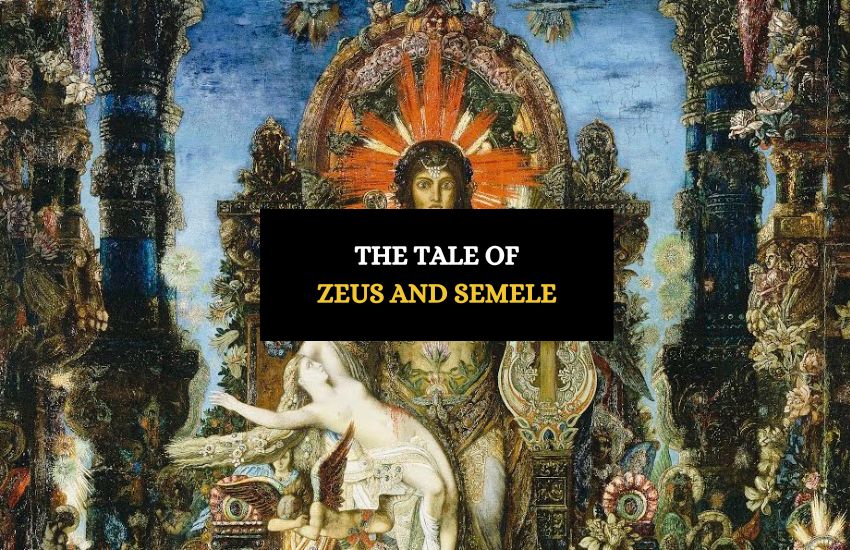
Table of Contents
Welcome to the world of Greek mythology, where the gods are larger than life and their passions can lead to both great pleasure and devastating consequences. One of the most captivating tales of divine love is the story of Zeus and Semele.
Semele, a mortal woman of extraordinary beauty, captures the heart of the mighty king of the gods, Zeus. Their affair is a whirlwind of passion and desire, but it ultimately leads to Semele’s tragic demise.
Let’s take a closer look at the fascinating tale of Zeus and Semele, exploring the themes of love, power, and the consequences of divine intervention.
Zeus Falls for Semele
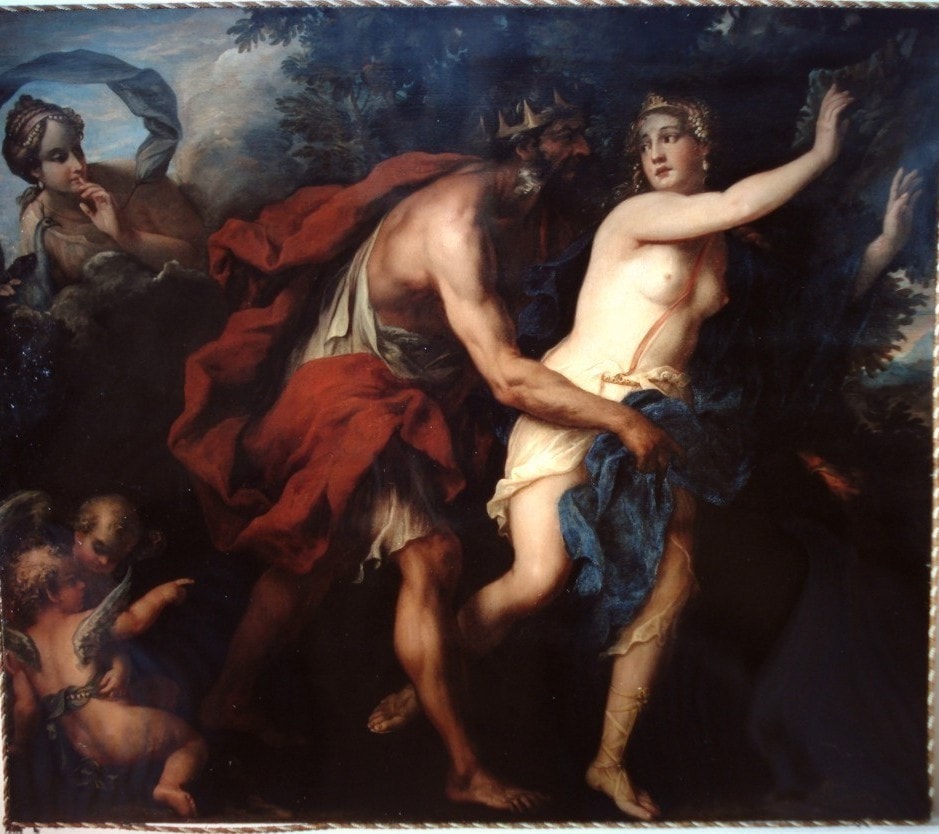
Semele was a mortal woman of such beauty that even the gods themselves could not resist her charms. Among those who were smitten with her was Zeus, the king of the gods. He became enamored with her and desired her above all else.
Zeus’s Deception and Hera’s Jealousy
Zeus, being a god, was well aware that his divine form was too much for mortal eyes to handle. So, he disguised himself as a mortal man and approached Semele. The two began a passionate affair, with Semele unaware of Zeus’s true identity. In time, Semele grew to love Zeus deeply and longed to see him in his true form.
Zeus’s wife, Hera, became suspicious of her husband’s infidelity and set out to uncover the truth. Disguising herself as an old woman, she approached Semele and began to plant seeds of doubt in her mind about her lover’s true identity.
Not long after, Zeus paid Semele a visit. Semele had her chance. She asked him to promise that he would grant her whatever she wanted.
Zeus, who was now smitten with Semele, impulsively swore on the River Styx that he would give her whatever she wanted.
Semele demanded that he reveal himself in all his divine glory. Zeus realized the danger of this, but he would never forgo an oath.
Semele’s Tragic Demise
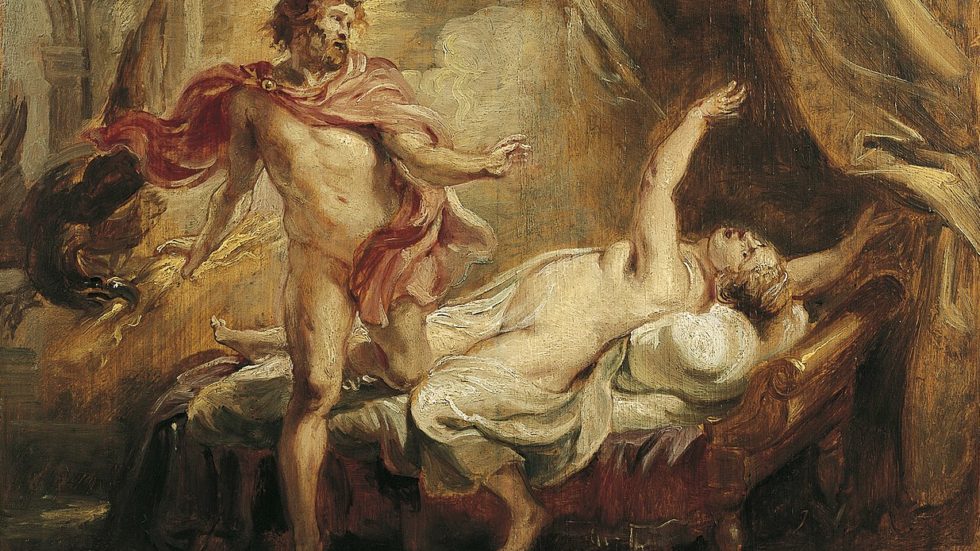
Zeus, unable to deny his love for Semele, revealed himself as a god in all his divine glory. But mortal eyes were not meant to see such splendor, and the glorious sight was too much for Semele. In fright, she burst into flames and was reduced to ashes.
In a twist of fate, Zeus was able to save her unborn child by sewing it into his thigh and returned to Mount Olympus.
To Hera’s dismay, he would carry the baby in his thigh until it came to full term. The baby was named Dionysus, the God of Wine and Desire and the only God to be born from a mortal.
Alternate Versions of the Myth
There are alternate versions of the myth of Zeus and Semele, each with its own unique twists and turns. Here’s a closer look:
1. Zeus Punishes Semele
In one version of the myth told by the ancient Greek poet Pindar, Semele is the daughter of the king of Thebes. She claims to be pregnant with Zeus’s child and is subsequently punished by Zeus’s lightning bolts. The lightning strikes not only kill Semele but also destroy her unborn child.
However, Zeus saves the child by sewing it into his own thigh until it is ready to be born. This child is later revealed to be Dionysus, the god of wine and fertility, who becomes one of the most important gods in the Greek pantheon.
2. Zeus as a Serpent
In the version of the myth told by the ancient Greek poet Hesiod, Zeus disguises himself as a serpent to seduce Semele. Semele becomes pregnant with Zeus’s child, but is later consumed by his lightning bolts when she asks him to reveal himself in his true form.
However, Zeus saves their unborn child who is later revealed to be Dionysus. This version of the myth highlights the dangers of human curiosity and the power of divine authority.
3. Semele’s Sisters
Perhaps the most well-known alternate version of the myth is told by the ancient Greek playwright Euripides in his play “The Bacchae.” In this version, Semele’s sisters spread rumors that Semele had been impregnated by a mortal man and not Zeus, causing Semele to doubt Zeus’s true identity.
In her skepticism, she asks Zeus to reveal himself in his true form, despite his warnings. When she sees him in all his divine glory, she is consumed by his lightning bolts.
The Moral of the Story
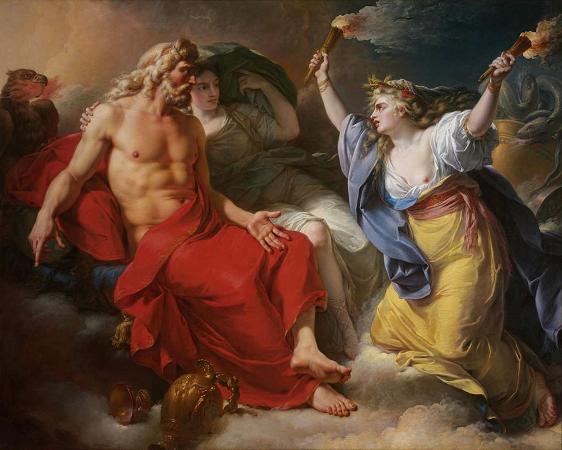
This tragic story highlights the pitfalls of feverish love and how acting on one’s envy and hatred will never bear fruit.
The story also highlights that power and curiosity can be a dangerous combination. Semele’s desire to know the true nature of Zeus, the king of the gods, ultimately led to her destruction.
However, it also reminds us that sometimes great things can come from taking risks and being curious, as the birth of Dionysus demonstrates. This complex narrative offers a cautionary tale about the consequences of overreaching and the importance of balance in our lives.
The Legacy of the Myth
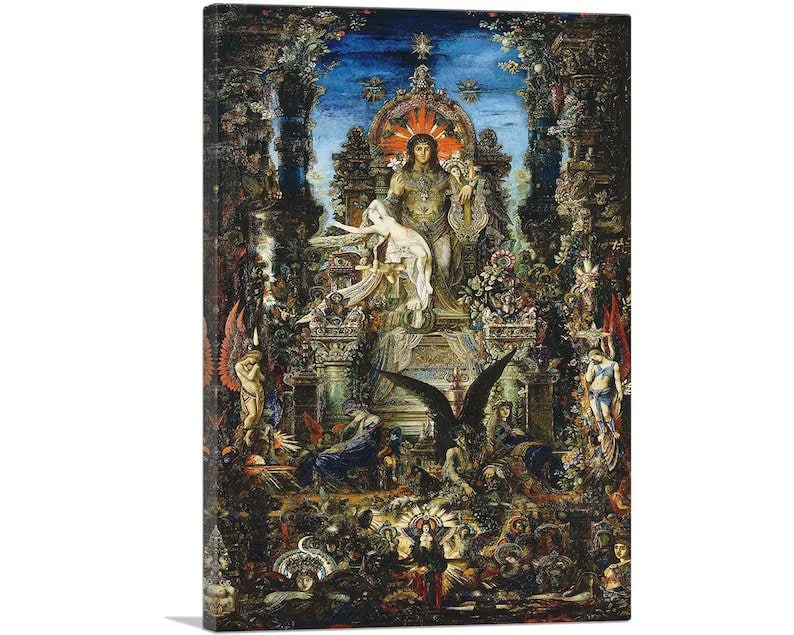
The myth of Zeus and Semele has had a significant impact on Greek mythology and culture. It highlights the power and authority of the gods, as well as the dangers of human curiosity and ambition. The story of Dionysus, the child born from Zeus and Semele, has become a symbol of fertility, joy, and celebration.
It has inspired countless works of art, literature, and theater, including plays by ancient Greek playwrights like Euripides and paintings.
Wrapping Up
The myth of Zeus and Semele is a fascinating story that offers insight into the nature of power, desire, and curiosity. It’s a cautionary tale about the perils of unchecked ambition and the importance of maintaining a balance between our desires and our rational thinking.
This tragic myth encourages us to be mindful of the consequences of our actions and to strive for a life that’s guided by wisdom and prudence.








